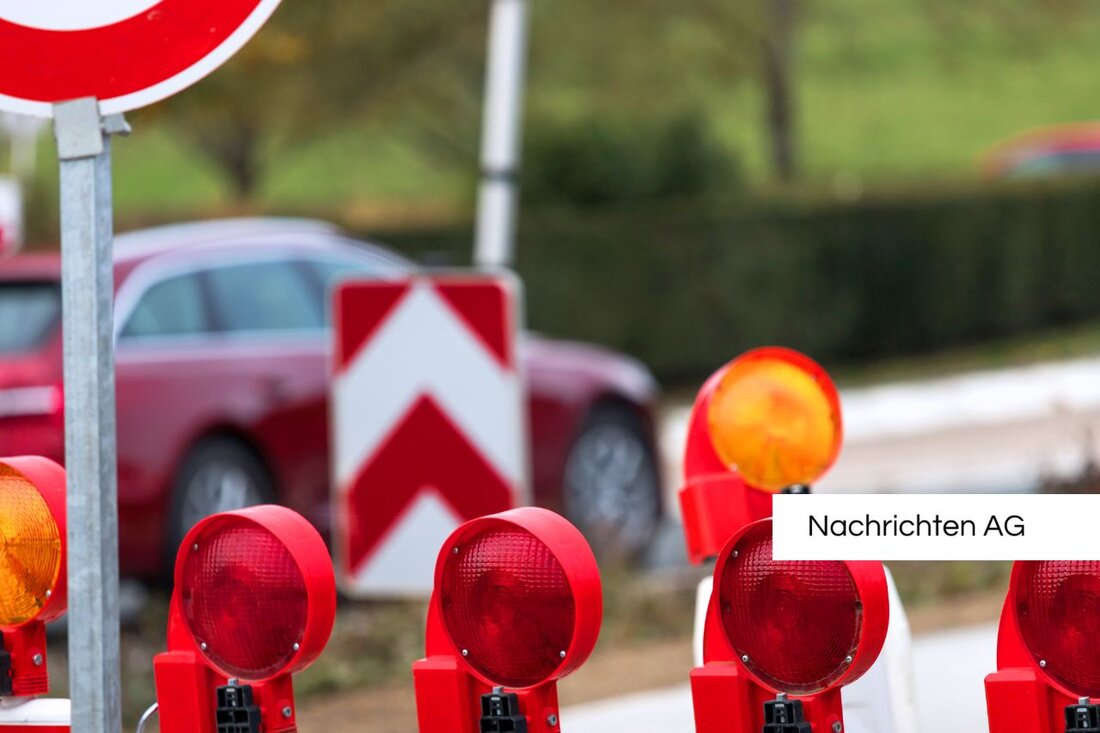Demolition of the Wuhlheide Bridge in Berlin: traffic jams and changes from Friday!
Demolition of the dilapidated bridge on the Wuhlheide in Berlin-Oberschöneweide begins on May 26, 2025 for traffic safety and improvement.

Demolition of the Wuhlheide Bridge in Berlin: traffic jams and changes from Friday!
On Friday, May 23, 2025, the demolition of the dilapidated bridge on the Wuhlheide begins in Berlin-Oberschöneweide. The construction company Strabag AG was commissioned with the work to start in the morning. The aim is that from the end of the coming week trams, bicycles and pedestrians can use the street under the bridge again. The construction work should be carried out both during the day and at night in order to adhere to the schedule and to remove the blocking as quickly as possible.
The bridge is transferred to the Wuhlheide via Edisonstrasse and the Treskowallee in the Treptow-Köpenick district. Due to cracks on the building, the bridge has been closed since the end of April 2025. The cause of the damage is an alkali-silicic acid reaction (AKR) in the concrete, which had already led to the arrangement of a load restriction for vehicles over 3.5 tons in 2017. Since then, the condition of the bridge has deteriorated significantly, and the current building tests rate it as "not sufficient" in terms of stability and traffic safety, which resulted in a complete block on April 30, 2025.
traffic disruptions and diversions
The blocking of the bridge has already led to long traffic jams in the area. Motor transport is diverted via the streets on Wuhlheide and Rummelsburger Straße. Parking areas are also affected below the building, while the traffic relationships on Edisonstrasse and Treskowallee are not affected by the closure. Residents and road users are informed about the current traffic situation on the website www.viz.berlin.de.
The structural deficits of the bridge not only include the AKR, but also additional building fiber and constructive defects. Various test methods were developed to examine the damage to the bridge more closely. These methods use petrography, microscopy and chemical analysis to identify possible alkaliontamination and to select suitable concrete output materials. Akinstallation, which offers highly qualified consultations on the AKR damage, plays a crucial role in these examinations to get deeper insights into the damage and to initiate suitable countermeasures.
The situation around the bridge on the Wuhlheide illustrates the urgent need for both preventive and reactive measures in the field of transport infrastructure in Berlin. While the demolition represents the immediate solution, the question remains how similar problems can be avoided in the future.
For more information about the bridge and the ongoing work, we refer to the reporting of rbb24 Senate management for the environment, transport and climate protection . Further technical details on the examination of the AKR can be found at Kiwa .

 Suche
Suche
